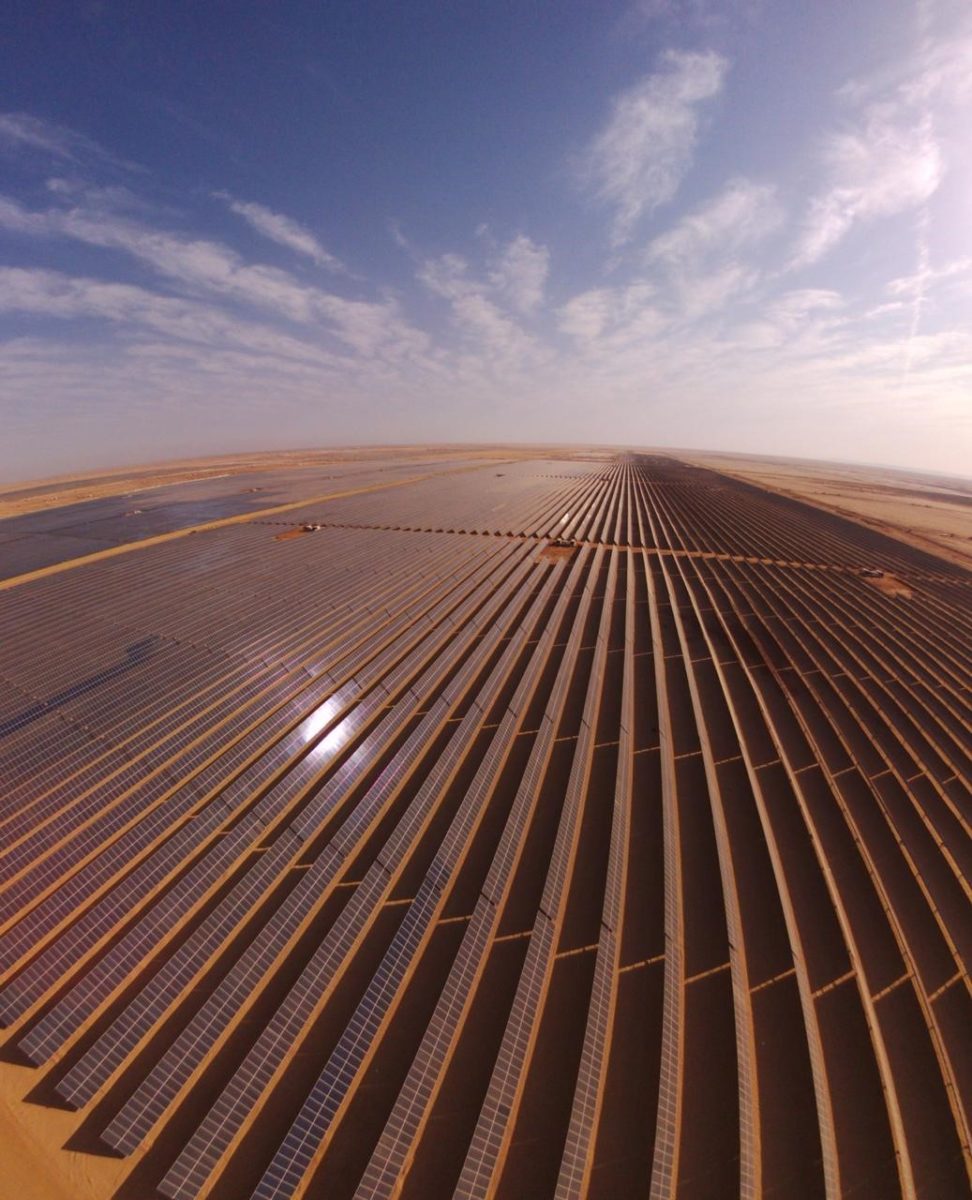According to data compiled by AFSIA, 2022 solar installations across amounted to 949 MW, just under the symbolic 1 GW mark. Angola was the biggest installer, commissioning two large-scale projects and a total of 284 MW to push usual leaders South Africa and Egypt into second and third place respectively.
AFSIA found plenty more evidence that PV in Africa is growing beyond the two countries that have typically represented the bulk of installations on the continent. The association’s Annual Report 2022, published this week, notes that every single country on the continent has plans to build some new solar in the short term, and that 29 countries are working on at least 100 MW of new installations.
While these numbers are small compared to other regions with comparable size and population, AFSIA finds plenty to be positive about in terms of solar industry development.
“One must recognize that Africa is still very much underperforming. Africa now hosts less than 1% of the global solar capacity installed and installed less than 0.5% of the 2022 global new capacity installed,” the authors state. “Yet, Africa offers lots of opportunities when it comes to solar.”
The reports set out the commercial and industrial segment as the first big opportunity for solar in Africa. It notes that, unlike some other regions where C&I solar is only about securing cheaper electricity, companies in Africa are often further motivated by the possibility of a secure electricity supply. Across Africa, the C&I market grew by more than 60% in 2022 and represented 28% of all installations. And South Africa will likely remain a leader here.
“If we zoom in on South Africa, we notice that 22.2% of all projects currently announced are already related to C&I (including wheeling projects),” the authors state. “This should not come as a surprise though when taking into account the need for companies for take their power supply into their own hands given the failure of ESKOM and the simplified procedure to supply up to 100 MW of capacity for own consumption.”
EVs and hydrogen
Green hydrogen projects are also expected to drive big demand for new PV: AFSIA finds 52 GW of new PV in development for projects exclusively using the power to produce hydrogen. And while it warns this number – more than five times the whole continent’s current PV installations – should probably be taken with a pinch of salt, Africa may be able to keep up with other regions in developing a green hydrogen industry.
“The combination of attractive economics of green hydrogen in Africa and developed economies pushing for these projects to be developed so they can import cheap green hydrogen for their own consumption back home, push us to believe that green hydrogen in Africa is based on solid fundamentals,” says AFSIA.
The final trend AFSIA expects to drive new solar installations is a growing trend for electric vehicles. Motorbikes and other small vehicles represent the biggest share of mobility across much of the continent, and drivers of these can realize much lower fuel costs by switching to electric models. According to AFSIA, many countries will need to double or even triple their electricity generation capacity to keep up with this trend, and solar will often be the cleanest and most economic way to achieve this.
This content is protected by copyright and may not be reused. If you want to cooperate with us and would like to reuse some of our content, please contact: editors@pv-magazine.com.




By submitting this form you agree to pv magazine using your data for the purposes of publishing your comment.
Your personal data will only be disclosed or otherwise transmitted to third parties for the purposes of spam filtering or if this is necessary for technical maintenance of the website. Any other transfer to third parties will not take place unless this is justified on the basis of applicable data protection regulations or if pv magazine is legally obliged to do so.
You may revoke this consent at any time with effect for the future, in which case your personal data will be deleted immediately. Otherwise, your data will be deleted if pv magazine has processed your request or the purpose of data storage is fulfilled.
Further information on data privacy can be found in our Data Protection Policy.